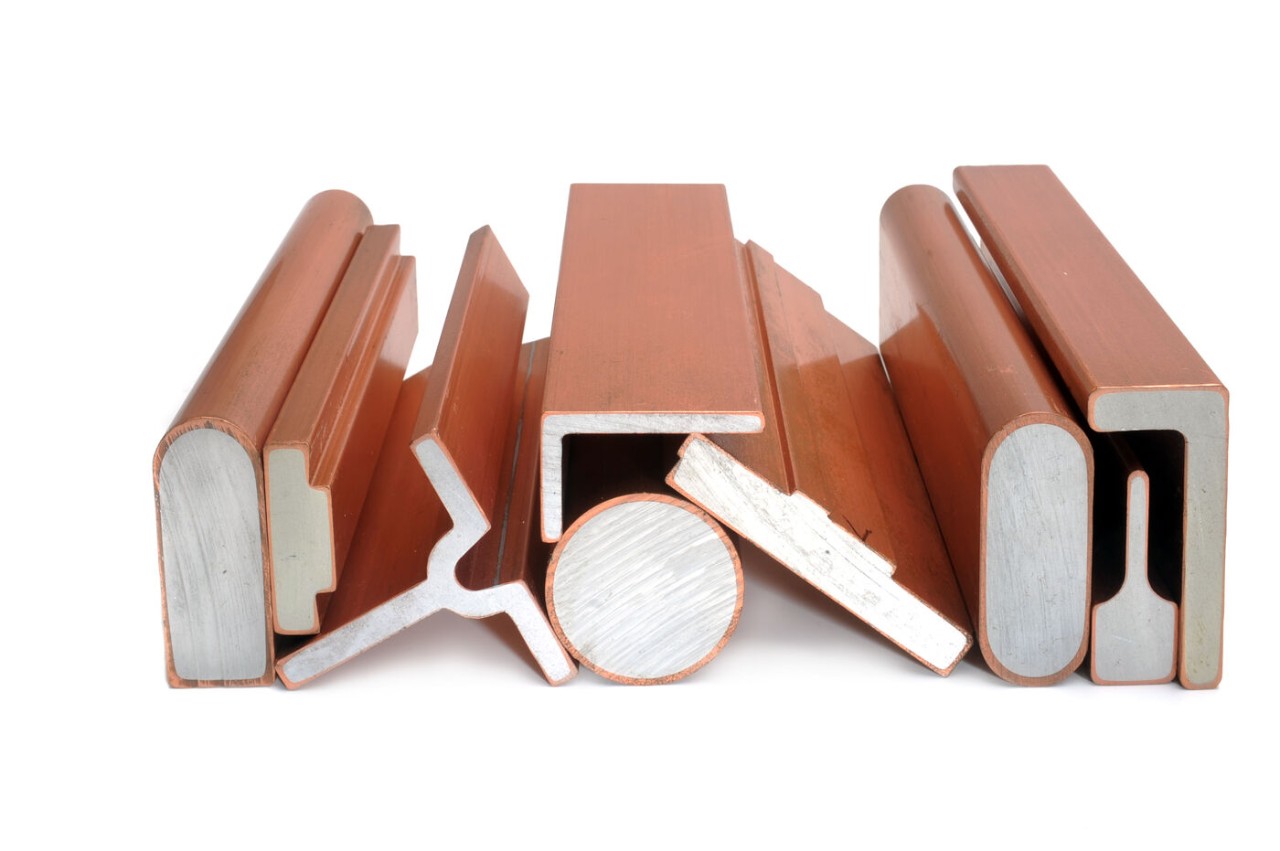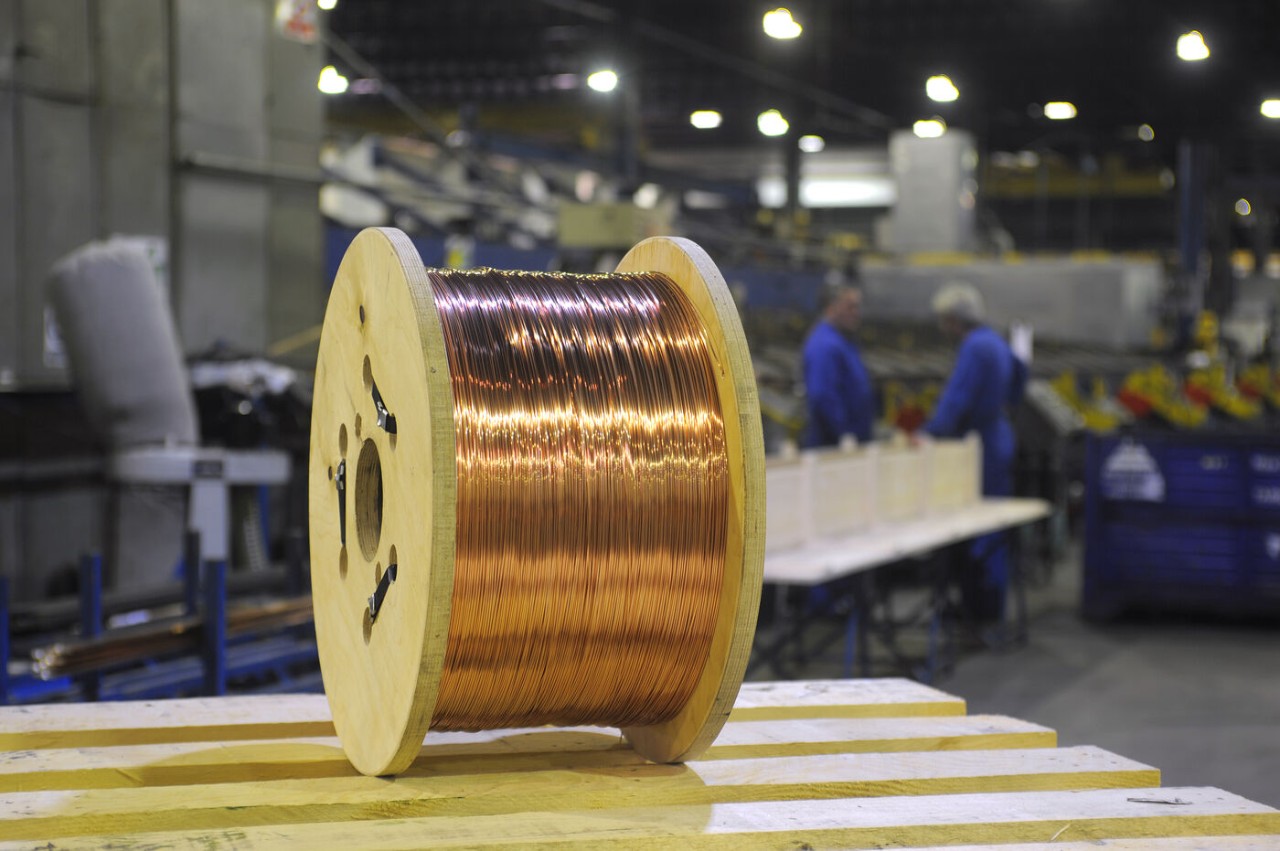Cuponal™
Highlights
Cuponal™: Co-Extruded Copper-Clad Aluminium Conductors
Four decades of experience with co-extruded metal composites have made Bruker Hydrostatic Extrusions the leading manufacturer of top-grade copper-clad aluminium (CCA) electrical conductors. Under the brand name Cuponal, Bruker Hydrostatic Extrusions supplies bi-metal busbars, rods, profiles, and wire with a seamless high conductivity copper outer cladding that is high-pressure-bonded to an electrical grade aluminium core.
Cuponal products offer decisive advantages for industries where price and weight are critical, such as equipment for electric power distribution, automation and control centers, renewable energy electrical inverters, and electrical components for aerospace, railway, and marine applications. In addition, Cuponal products offer unique bimetallic connection properties not available with other materials.
Method & Benefits
Hydrostatic Extrusion
Materials extruded by our hydrostatic extrusion process have performance parameters that are not achievable by any other extrusion method, opening up a performance-enhancing/cost-saving route for equipment and product designers. In addition to Cuponal, we extrude superconducting materials, aluminium-based high performance alloys and a wide range of specialist metal composites. The functional principle of hydrostatic extrusion, using oil at high pressure around the billet to effect the extrusion, eliminates friction between the billet and the press container. Thus, extremely high reduction ratios - up to 300:1 in one pass – are achievable. The uniform flow of material in this process produces a uniform edge-to-edge fine grain, homogeneous structure in the extruded product.
Benefits in brief
- 60% lower weight compared to copper conductors
- Up to 40% cost reduction compared to copper conductors
- 60% lower surface contact resistance compared to aluminium conductors
- Reduced freight costs compared to copper conductors
- Reduced susceptibility to raw material price fluctuations
- Simplified electrical connections between aluminium and copper components

